 ‘Four things to see this week’ is sponsored by Bloomberg Connects, the free arts and culture app. Bloomberg Connects lets you access museums, galleries and cultural spaces around the world on demand. Download the app here to access digital guides and explore a variety of content.
‘Four things to see this week’ is sponsored by Bloomberg Connects, the free arts and culture app. Bloomberg Connects lets you access museums, galleries and cultural spaces around the world on demand. Download the app here to access digital guides and explore a variety of content.
Each week we bring you four of the most interesting objects from the world’s museums, galleries and art institutions, hand-picked to mark significant moments in the calendar.
Celebrated in North America since the 16th century, Groundhog Day falls on 2 February every year. The groundhog, a deft digger rarely far from a snug burrow, emerges from hibernation around this time, a happening that is said to mark the shifting seasons: according to tradition, if a groundhog emerges from its burrow on 2 February and sees its own shadow, it will retreat to its den and winter will continue for another six weeks. If the groundhog stays out, spring will arrive early.
Similar traditions involving different divining animals have existed over the centuries, including badgers in Germany, bears in Serbia and Croatia and snakes in Scotland and Ireland. Whatever the creature, the occasion speaks to the collective human yearning to wave farewell to the harsh winter chill and welcome the coming of spring. This Groundhog Day, we hedge our bets and take a look at two wintry works and two that celebrate spring.
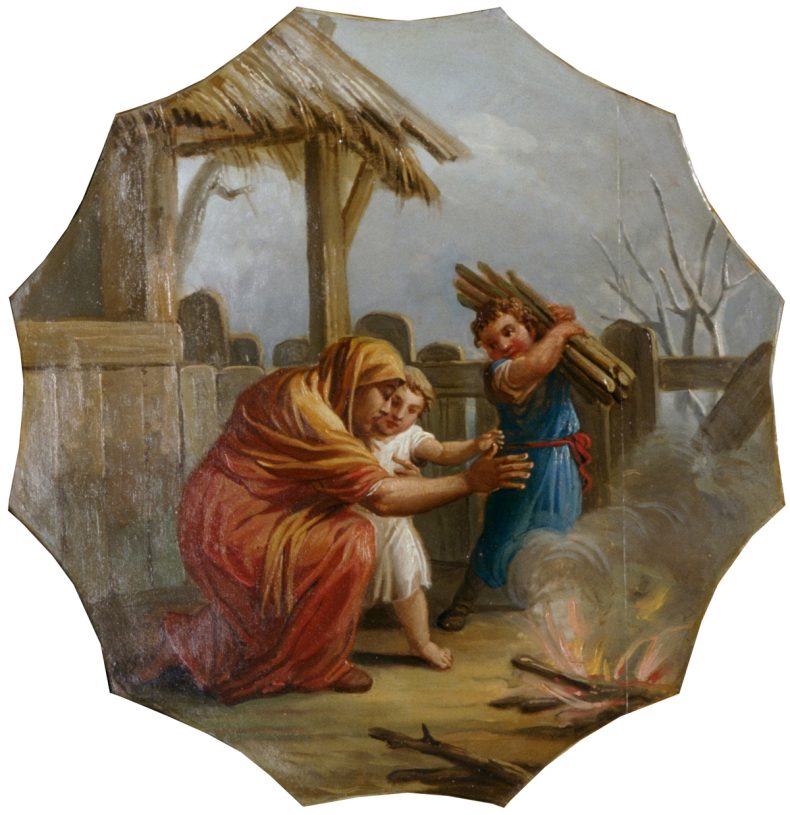
Winter (1769), Antonio Zucchi. Kenwood House, London
1. Winter (1769), Antonio Zucchi
Panel on the Grand Ceiling of the Adam Library, Kenwood House, London
This 12-sided panel captures a winter scene: a woman and child warm their hands over a fire while a third figure carries more wood to burn. Behind, dark skies and bare trees complete the frosty picture. It is one of thirteen paintings by Venetian artist Antonio Zucchi that adorn the ceiling of the Adam Library at Kenwood House, each framed by the ornate plasterwork designed by architects Robert and James Adam. Click here to find out more on the Bloomberg Connects app.
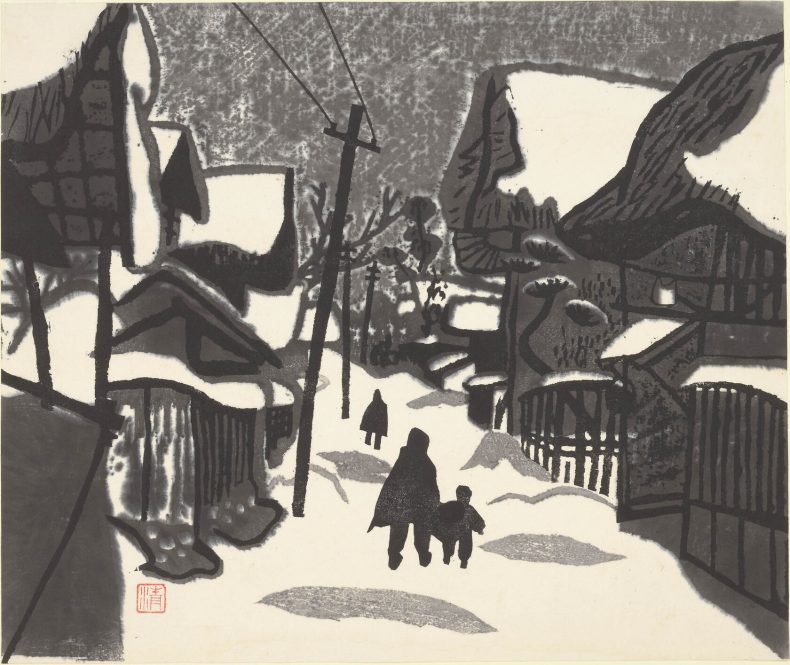
Winter in Aizu (1940), Kiyoshi Saito. Carnegie Museum of Art, Pittsburgh. © the estate of the artist
2. Winter in Aizu (1940), Kiyoshi Saito
Carnegie Museum of Art, Pittsburgh
Among the series of woodblock prints Saito made of his hometown of Aizu throughout the seasons, those of winter scenes are the most admired. With his characteristic simplified forms and bold lines, and his ‘Kiyoshi’ seal on the lower left, this work shows three figures making their way down a snowy residential road, bundled up in cloaks and hats against the cold. Click here to find out more.
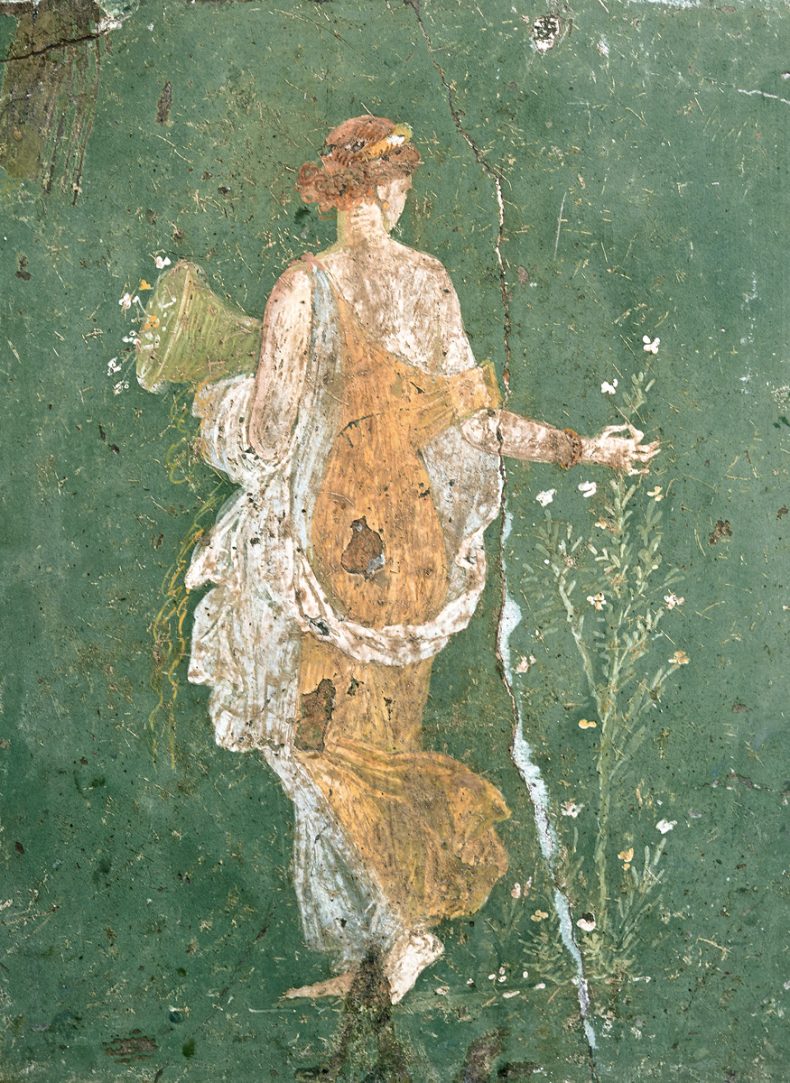
Flora (1st century), Stabiae, Italy. Museo Archeologico Nazionale, Naples
3. Flora (1st century) from Villa Arianna, Stabiae
Museo Archeologico Nazionale, Naples
This small fresco of Flora, goddess of spring, flowers and fertility, graced Villa Arianna in the ancient city of Stabiae alongside similar figures of Artemis, Medea and Leda. Barefoot and dressed in yellow against a green background, Flora picks wild flowers and gathers them into a woven cornucopia held in her other arm. Click here to read more.
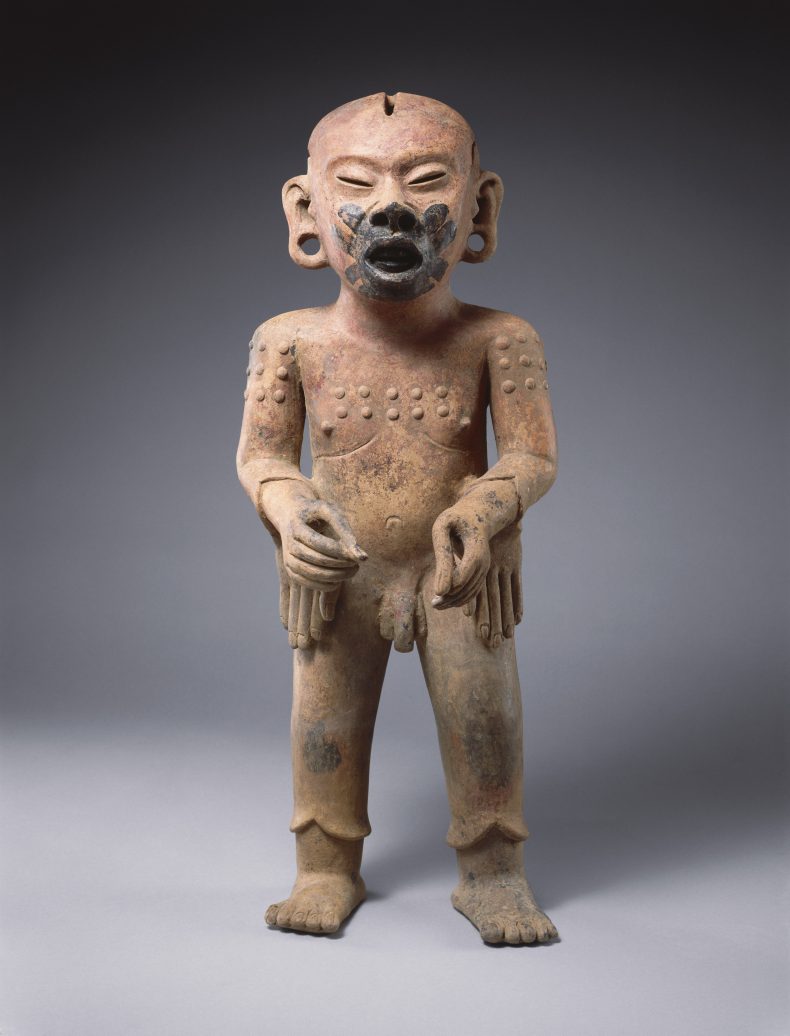
Xipe Totec (600–900), Aztec, Mexico. Princeton University Art Museum. Photo: © Princeton University Art Museum/Art Resource NY/Scala Florence, 2024
4. Xipe Totec (600–900)
Princeton University Art Museum
Xipe Totec, the Aztec god of spring, regeneration and fertility, is represented here in a ceramic sculpture just under 70cm high. The deity wears a flayed skin, symbolising rebirth. A black tar-like substance called chapopote is spread across the mouth, perhaps representing death and the underworld, the shadow of spring and new life. Click here to find out more.
![]() ‘Four things to see this week’ is sponsored by Bloomberg Connects, the free arts and culture app. Bloomberg Connects lets you access museums, galleries and cultural spaces around the world on demand. Download the app here to access digital guides and explore a variety of content or scan the QR code.
‘Four things to see this week’ is sponsored by Bloomberg Connects, the free arts and culture app. Bloomberg Connects lets you access museums, galleries and cultural spaces around the world on demand. Download the app here to access digital guides and explore a variety of content or scan the QR code.
Unlimited access from just $16 every 3 months
Subscribe to get unlimited and exclusive access to the top art stories, interviews and exhibition reviews.

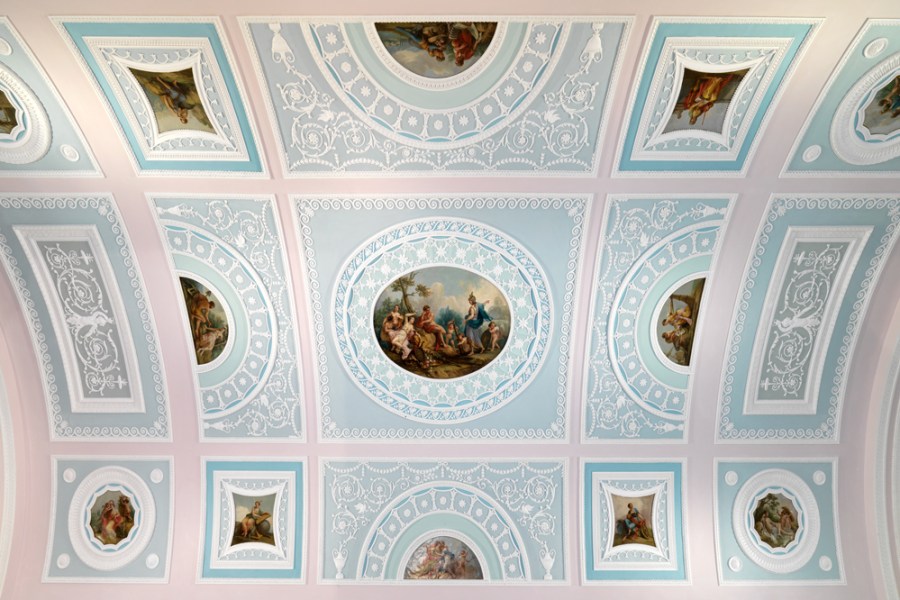
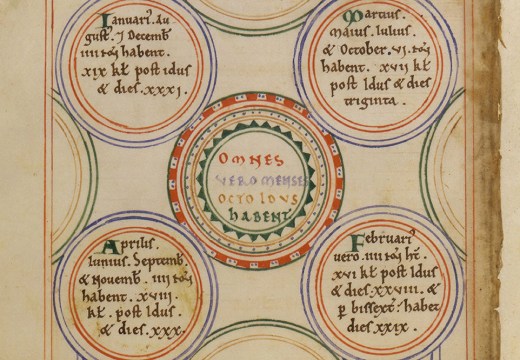
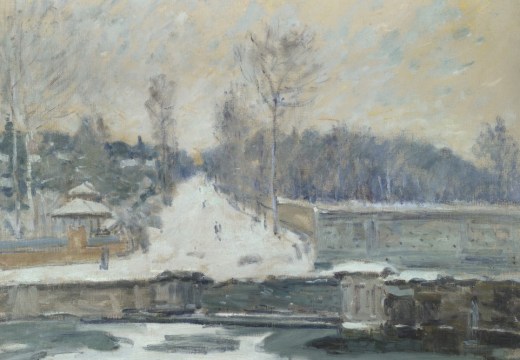
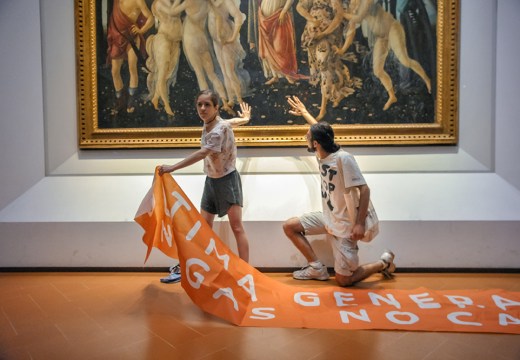









![Masterpiece [Re]discovery 2022. Photo: Ben Fisher Photography, courtesy of Masterpiece London](http://www.apollo-magazine.com/wp-content/uploads/2022/07/MPL2022_4263.jpg)
It’s time for the government of London to return to its rightful home